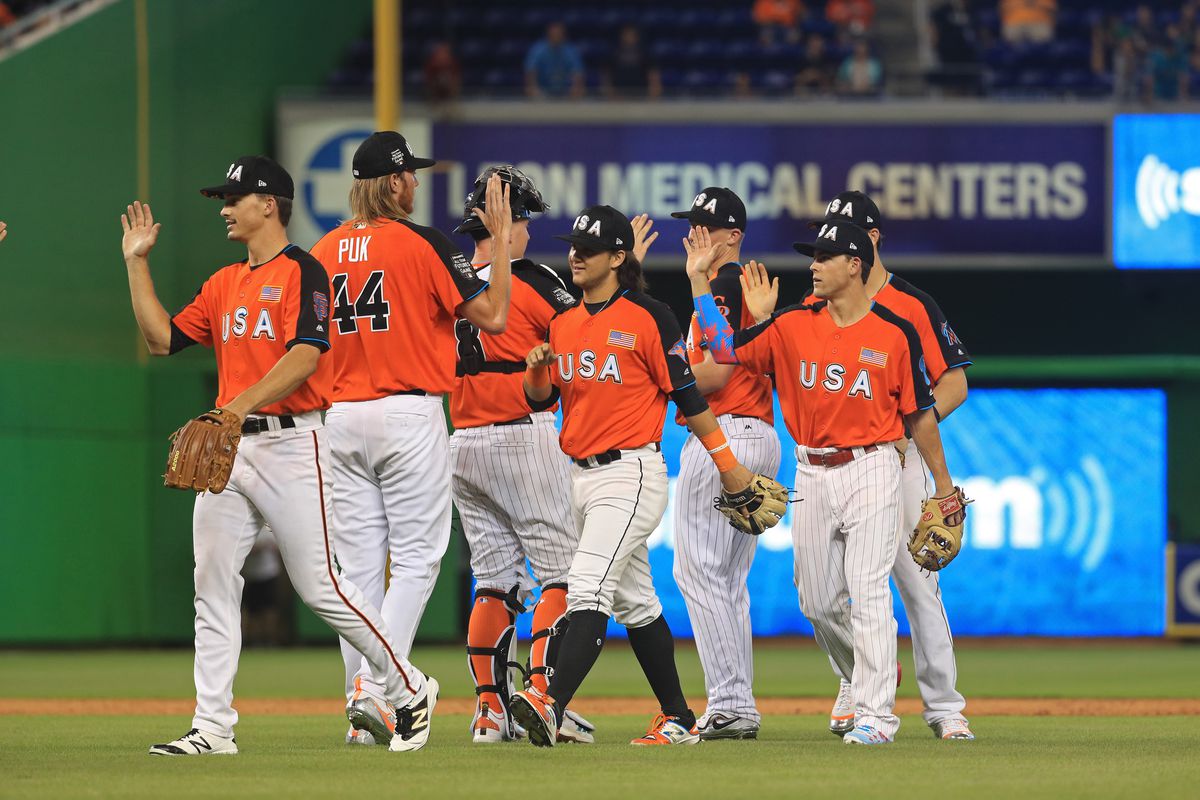Since the 1970s, Major League Baseball golf equipment has normally added an increasing number of minor league affiliates. In 1979, there had been a mean of 4.7 affiliates, according to the main league club.1 This season, there are 8.2 — a total of 245 minor league associates, the maximum due to the fact 1948, spread across 30 major league organizations. But the Houston Astros, a model of modern-day player development, bucked that trend a few years ago. After the 2017 season, they decreased their affiliate count from 9 to seven golf equipment.2 The Astros believed they could emerge as a more green manufacturer of expertise with fewer farm clubs.

“For the baseball people, it becomes a feeling that it is better to concentrate on the coaching sources. We had been trying to assist a bunch of gamers that had a less than one percent risk of making the major leagues,” said an ex-Astros reliable whose modern crew didn’t permit him to talk to us. The Astros felt at ease slicing the groups into elements due to information harvested from new tech. Since turning over the full-size majority of their participant development team of workers and minor league coaches under GM Jeffrey Luhnow, the Astros feel they have become better at figuring out which players pose a threat to advance through their system.
For instance, at the same time as several teams were experimenting with their first high-velocity cameras this spring to take a look at pitch grips and body mechanics, the Astros had 75 such cameras hard-wired at stadiums all through their minor league affiliates last season. According to the ex-Astros’ authentic, the team believes it wishes much less time and fewer games to reach its capacity. It’s miles higher served by consolidating sources around its most promising players.
The Astros aren’t the handiest ones wondering about the shape of the minor leagues of their corporation. For a long time, baseball has commonly handled player improvement as a ladder. First comes Rookie ball, then more than one level of Single-A ball, as much as Double-A, then Triple-A, then eventually the majors.3 But recently, a few gamers — like young stars Juan Soto and Fernando Tatis Jr., and lesser-known players like David Peralta and Rougned Odor — have skipped rungs. And they aren’t worse for it.
So if some gamers are desirable enough to skip the minors’ higher levels, perhaps minor league resources should be spent seeking to become aware of and expand those players, and possibly a few rungs of the ladder must be eliminated. A Baseball America look at the 1981-2010 drafts observed that the best 17.6 percent of drafted and signed players reached the majors, and the best nine. Eight percent produced zero.1 career win above the alternative, a minimal level of production. Perhaps optimized ability improvement calls for fewer video games and, thereby, fewer players and groups.
A year before the last two associates, in March 2016, the Astros employed Jose Fernandez to be part of their sports technology branch. He had worked with pro soccer teams in Europe. European soccer giants have centralized training facilities targeted at constructing abilties rather than a decentralized sprawl of associates. The Astros have been curious about how FC Barcelona developed its players. Barcelona’s “La Masia” — which is interpreted as “Farm House” — seemed like one of the breeding grounds for skills. The data Fernandez shared became eye-opening.
“On-site in Barcelona, they have got their entire development academy, from the little kids as much to the expert teams. They have one huge campus. They do the whole lot on the web page. Everything is coordinated. Everyone is doing the same drills. Everyone changed into being measured with the same technology. That makes a ton of sense,” the ex-Astros front legitimate said.